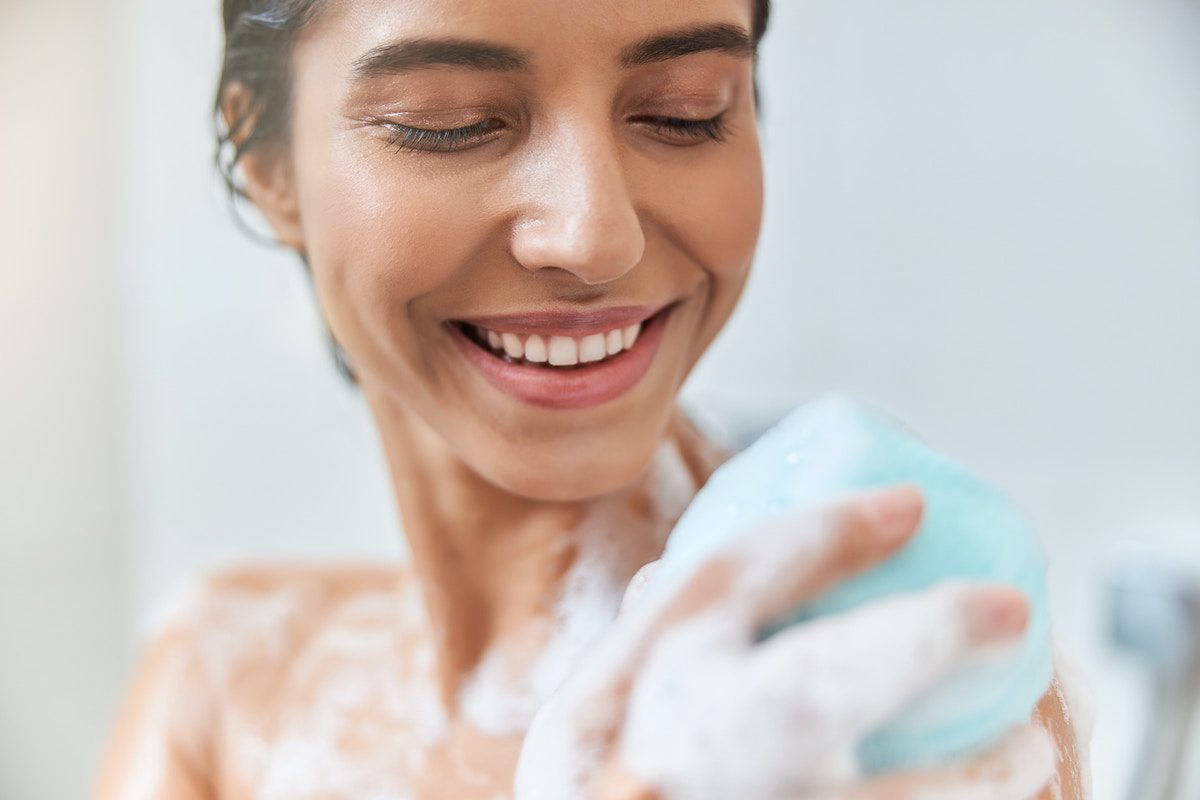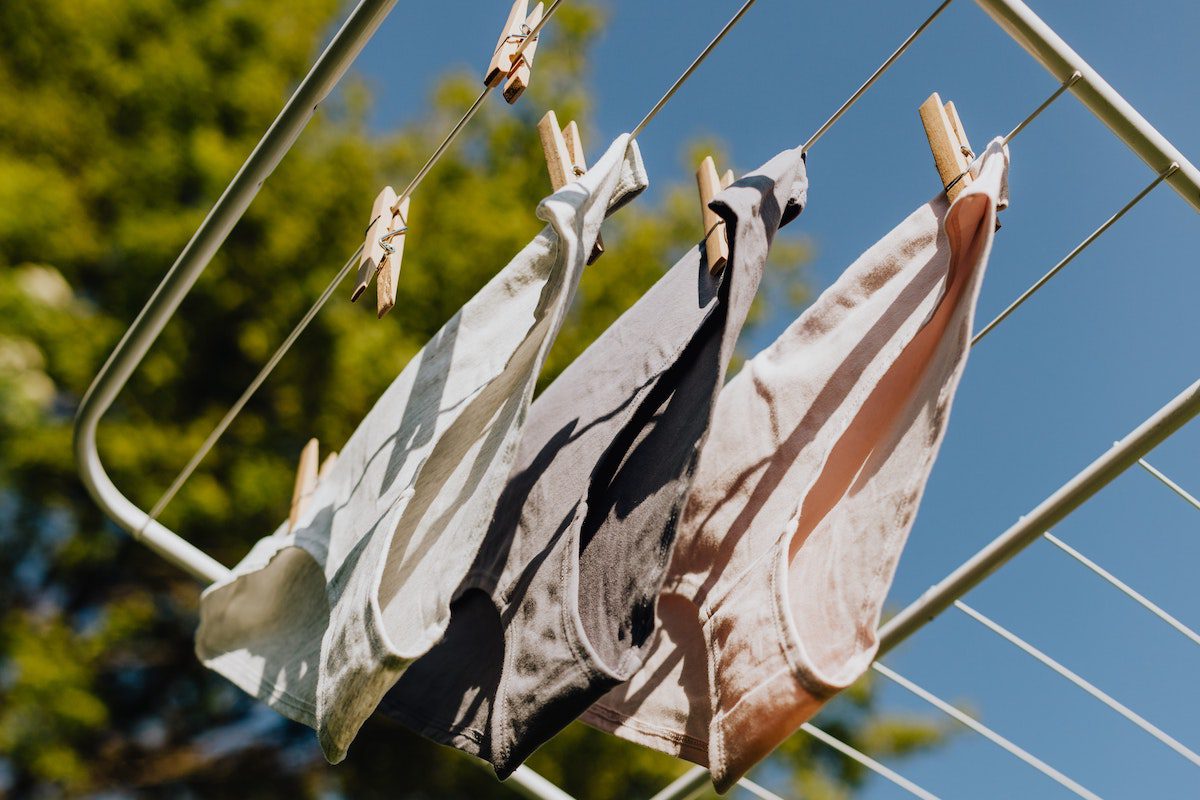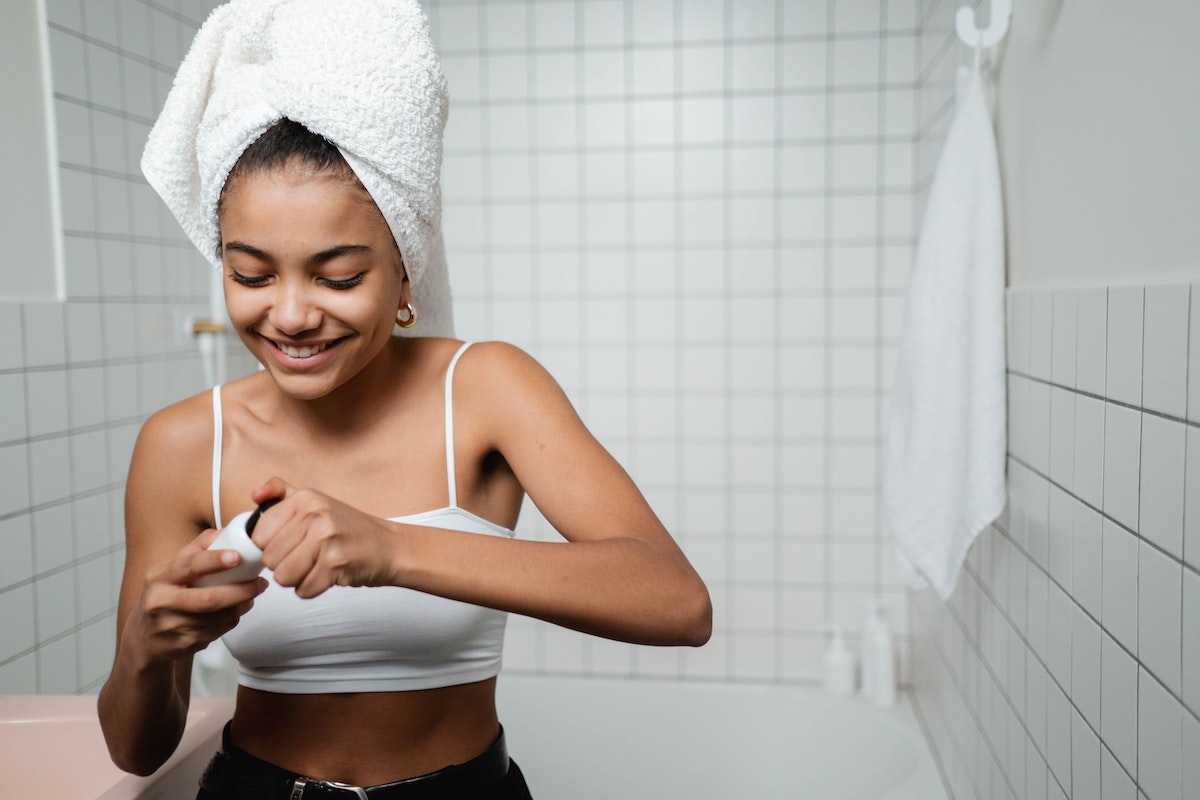How to Treat (and Prevent) Yeast Infections
Got an itch you just can’t scratch? Yeah, I’m talking about an itchy Queen V. That’s right, yeast infections. Vaginal yeast infections happen — and most women (three out of four, to be exact) will experience a yeast infection at some point in their life.
A vaginal yeast infection can occur for a number of reasons, but the good news is they’re completely normal — and the even better news is they’re easily treatable, with many options available at home or over the counter.
Whether you’re currently dealing with a yeast infection (and the pesky yeast infection discharge that comes along with it) or simply wondering how you can avoid a vaginal yeast infection altogether, here’s what you need to know.

Causes of yeast infections
A vaginal yeast infection is an infection caused by yeast, a type of fungus called candida. The term for an infection caused by candida is often referred to as candidiasis. The common term for candidiasis in the vagina is a vaginal yeast infection, but other names for this infection are candidal vaginitis, vaginal candidiasis, or vulvovaginal candidiasis.
Candida normally lives on the skin and inside the body, in places such as the gut, mouth, throat, and vagina. It usually exists without causing any problems. However, if conditions in any one of these areas change that encourage the growth of excess candida, an infection can occur.
Think of things like antibiotics, a weakened immune system, being pregnant, birth control pills, certain steroids, hormones, medication, uncontrolled diabetes — and even things like oral sex or vaginal sex, both of which can introduce new bacteria to an already balanced pH environment.
Signs you have a yeast infection
Common symptoms of a yeast infection can include:
- Abnormal vaginal discharge that’s odor-free, thick, and white — similar to the consistency of cottage cheese
- Burning, discomfort, or pain when urinating
- Itching and irritation in the vagina and vulva
- Pain during sexual intercourse
- Redness and swelling of the vulva
- Small cuts or tiny cracks in the skin of the vulva because of fragile skin in the area
- Vaginal itching, pain, or soreness
- Vaginal rash
- Watery vaginal discharge
Basically, whenever your vag may be itchy and uncomfy, you could have a yeast infection. When in doubt, schedule an appointment with your gyno or primary care physician to determine whether or not you have a vaginal yeast infection and to discuss treatment options.
Yeast infection treatment
If you find yourself with a vaginal yeast infection (sorry, I know, it’s so not fun), you’ll likely use antifungal medication to treat it. Think of products like Monistat. Often, antifungal medicine is applied inside the vagina with a single dose or multi-day dose, depending on your preference. You can also apply an anti-itch cream to help with external itching of the vulva.
A first-hand tip, because yes, I’ve had a yeast infection — use ice packs. If the burning and itching are absolutely unbearable, sit on an ice pack or kick back, relax, spread your legs, and place an ice pack on that itchy region of yours and enjoy instant relief. Believe me, you and your vagina will thank me later.
Most yeast infections clear up with medication after a few days, but it may take a full week, according to the Cleveland Clinic. More severe cases may last longer and take longer to treat. Make sure you use the medication as directed and don’t stop taking it too soon or the infection could come back.
If you prefer an oral option, your doctor may prescribe fluconazole taken by mouth. If your yeast infection doesn’t get better, is more severe, or keeps coming back after getting better, you may need additional treatment as determined by your doctor.
When to see your doctor
According to the Mayo Clinic, you should schedule a visit with your gynecologist or primary care physician if this is the first time you’ve had a yeast infection, you’re not sure if you have a yeast infection, you develop other symptoms, or if your symptoms don’t improve after OTC treatment options.
How to prevent yeast infections
Okay, so how do you prevent an itchy Queen V? (Asking for a friend.) The Centers for Disease Control and Prevention recommends avoiding tight-fitting pantyhose and underwear and instead wearing cotton underwear that’s breathable.
The Mayo Clinic has a few other helpful tips as well and advises you avoid the following:
- Douching, which removes some of the normal bacteria in the vagina that protects you from infection
- Hot tubs and very hot baths
- Scented feminine products that can disrupt the vagina’s natural pH (this includes things like bubble baths, pads, and tampons)
- Staying in wet clothes for extended periods of time (think of things like swimsuits and workout attire)
- Unnecessary antibiotic use, which can also disrupt the vagina’s natural pH (FYI: Only take antibiotics when prescribed by a doctor!)
You should also use water-based lubricants, as noted by the Cleveland Clinic. John Hopkins Medicine even notes taking probiotics may help prevent vaginal yeast infections.
The bottom line on vaginal yeast infections
Yeast infections and yeast infection discharge are pretty common. The good news is they’re completely treatable with over-the-counter treatments or by scheduling an appointment with your doctor. You can also take some steps to prevent any annoying yeast infections in the future. Your vagina will thank you!












